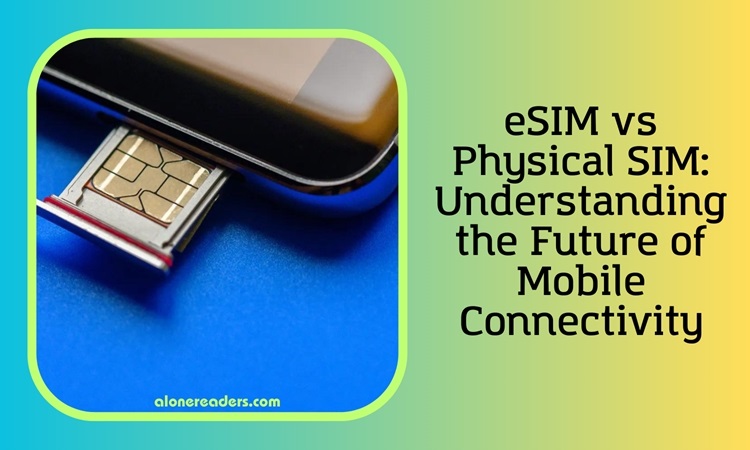
In the dynamic world of mobile technology, the evolution from physical SIM cards to embedded SIMs (eSIMs) marks a significant shift. This article delves into the nuances of eSIMs versus physical SIMs, offering insights into their benefits, downsides, and the future of mobile connectivity.
Physical SIM Cards have been a staple in mobile devices, serving as a removable chip that stores network information. Modern phones typically use micro-SIMs, smaller versions of the traditional SIM card.
eSIMs, on the other hand, are integrated into the phone's hardware. Unlike physical SIMs, eSIMs can be activated and updated digitally without the need for a physical chip. This technology offers a new level of convenience and flexibility for users, particularly when switching carriers.
eSIM Pros:
eSIM Cons:
Physical SIM Pros:
Physical SIM Cons:
iSIM is an emerging technology targeting the Internet of Things (IoT) sector. It's similar to eSIM but is integrated directly into the System on a Chip (SoC), offering enhanced security and efficiency. While it's mainly for IoT devices now, its potential application in phones is being explored.
In the United States, eSIM technology is supported by a range of devices, including:
Switching to an eSIM is a forward-looking move, especially if you’re planning a phone upgrade soon. Its benefits in terms of security and convenience make it a compelling choice. However, if your current phone relies on a physical SIM, there’s no immediate need to switch.
Before transitioning to eSIM, ensure your preferred carrier supports it. Remember that once you switch to an eSIM, your physical SIM card becomes inactive until you purchase a new one.